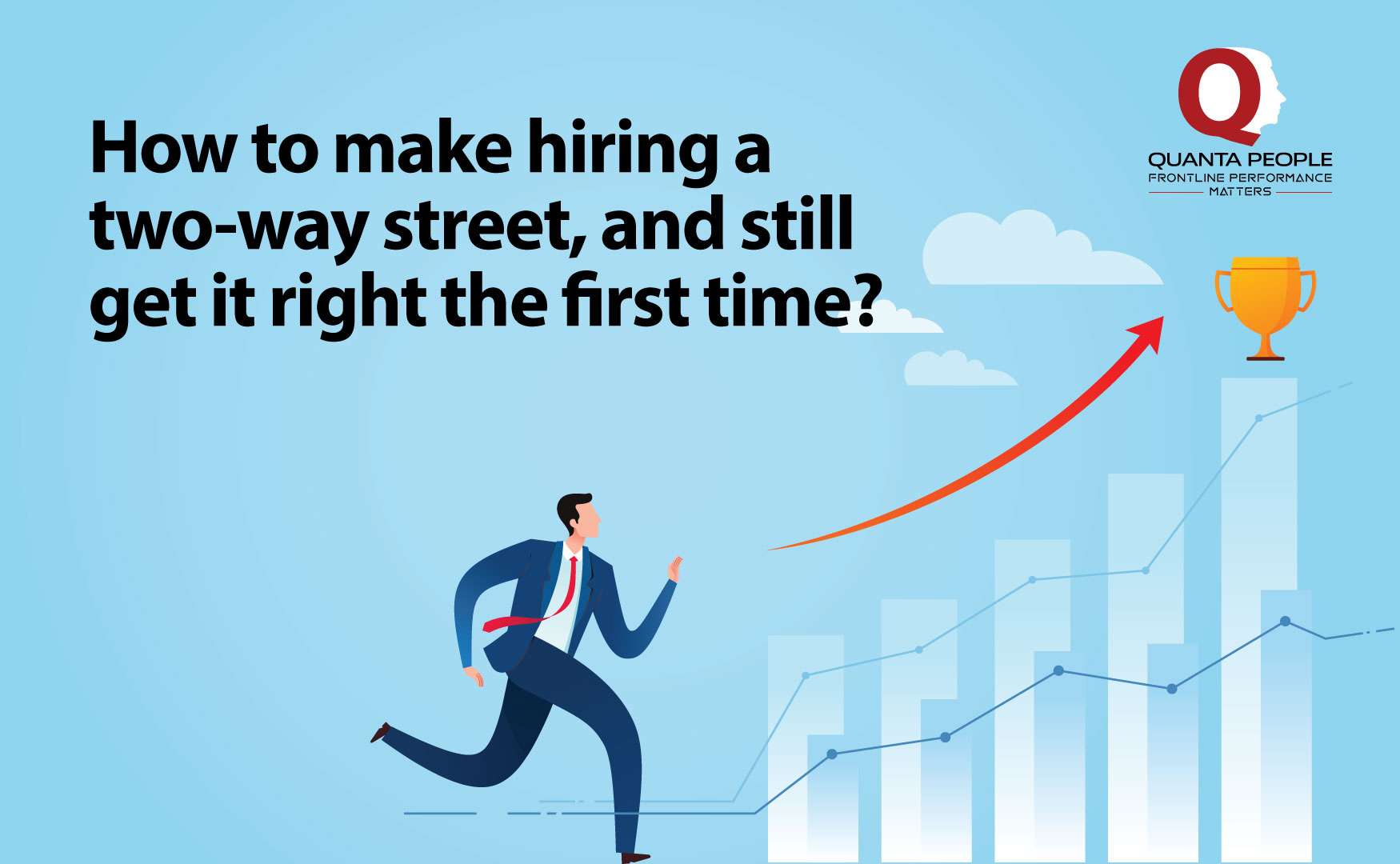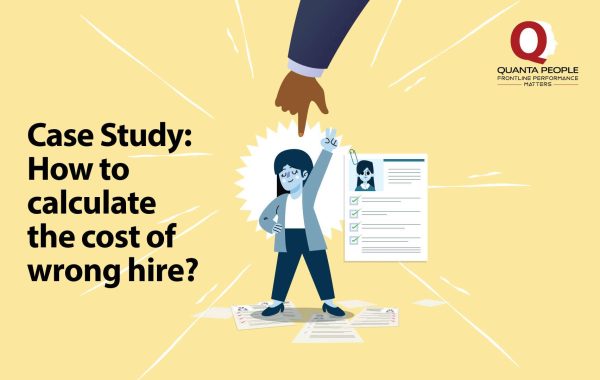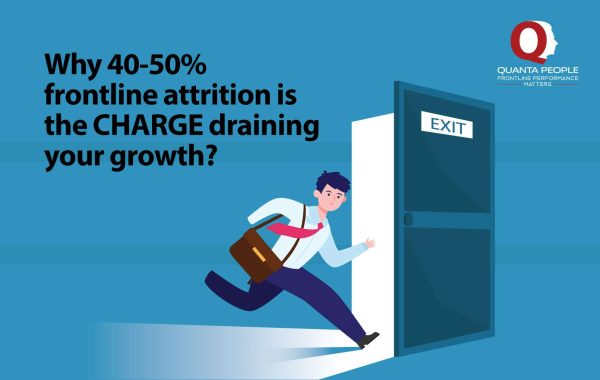
How to make hiring a two-way street, and still get it right the first time?
Executive Summary: Hire Right the First Time
“If I have 8 hours to chop a tree, I will spend the first 6 hours sharpening the axe.”
– Abraham Lincoln
Hiring is the first and most crucial step towards building a successful organisation.
The impact of wrong hires is today costing millions of dollars, in addition to silent intangibles such as increased pressure, imbalance in work atmosphere and poor quality of outcomes.
Since there is little margin for a wrong hire, recruitment must be RIGHT FIRST TIME. But how do we ensure that the right candidate is hired?
Context: The Hiring Reality
When a vacancy opens up, companies put their energy into finding a suitable candidate. They choose the pearl from the sea of sand.
Typically, to hire 1 candidate, the HR shortlists around 10–15 profiles, screens, filters and sets up interviews with 5–6 potentials and rolls out one offer while keeping a profile as a standby.
In the frontline where the game is all about high volumes, quick turnaround and cases when the quantum of hire can be close to 1000 hires a month, the probability of failure is multi-fold.
From an employee’s perspective, every vacancy represents a golden opportunity. It is a chance to be associated with your brand and carve a future. With dreams and determination, candidates prepare for the interview and put their best foot forward.
Both parties, the organisation and the candidate, are equally involved and engaged. The company wants to fill the position quickly so that business disruptions are minimised, while the candidate wants to start off immediately to prove his valour.
However, there are glaring challenges on the ground.
Overselling the Position
Both parties are eager to close the position. Hence, both resort to overselling.
The company paints an extremely rosy picture of the work. The job as described in the JD and actual reality on the ground may be starkly different.
Similarly, the candidate overstates his/her position and seemingly becomes the “Yes” man. He/she shapes the JD to fit the resume and beat the Applicant Tracking System (ATS), even though he/she lacks the requirements for the role.
This leads to a clear mismatch between expectations before the interview, leading to multiple dropouts during the latter stages of recruitment or disengagement after onboarding.
One-Sided Evaluation
With more and more Gen Zs entering the workforce, the evaluation has to become two-way.
It is no longer a one-way street where only the candidate is scrutinised. Today, candidates want to know what they’re signing up for—the culture, leadership style, growth opportunities, and ground realities.
Nipping the problem in the bud solves most hiring errors. It’s time to move towards mutual evaluation by both parties.
A Robust Evaluation Mechanism
The evaluation process for both the candidate and the organisation must be methodical, structured, and outcome-driven.
Since recruitment is sequential, a misstep at a later stage comes at a high cost of failure. The process should identify and eliminate mismatches early and focus on strong prospects.
Equally important, candidates should have a clear idea of the role and organisation before joining. Understanding expectations, culture, and realities upfront leads to informed decisions and reduced early attrition.
The Platform for the Future: SYNC
SYNC is QP’s patented talent acquisition platform and India’s first web-based application that empowers employers to hire better and enables candidates to make informed decisions.
SYNC integrates seamlessly with any ATS and helps identify and select the right candidates faster and smarter.
SYNC also provides a unique, immersive experience to candidates, allowing them to interact with role practitioners, understand job realities, and get an authentic view of the company’s culture and expectations.
SYNC bridges the information gap between employers and employees, ensuring hiring decisions are mutual, transparent, and right the first time.
Conclusion: Hiring Built to Last
The right hire isn’t just a vacancy to be filled.
With SYNC, we help organisations make hiring smarter, faster, and built to last.


